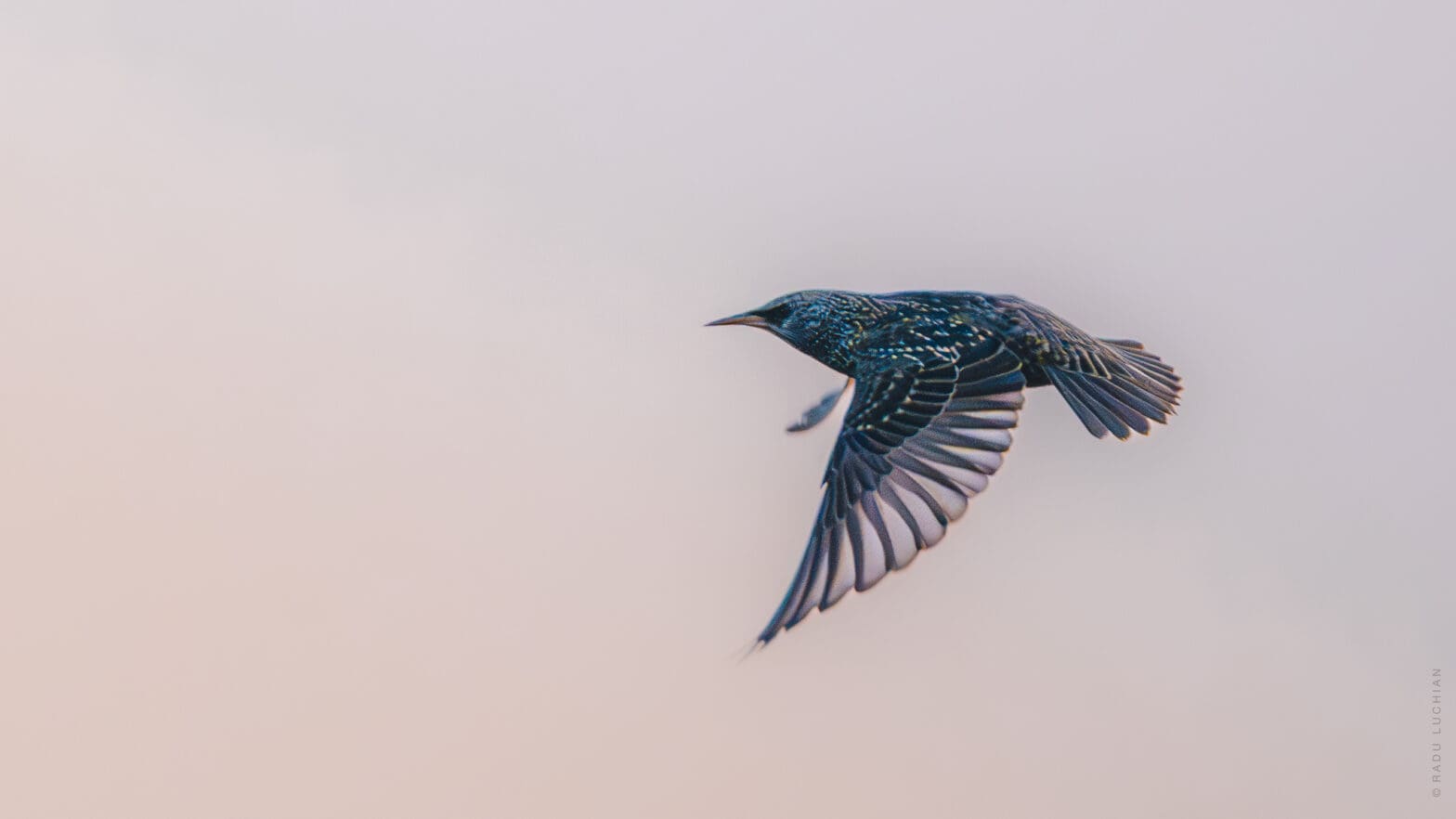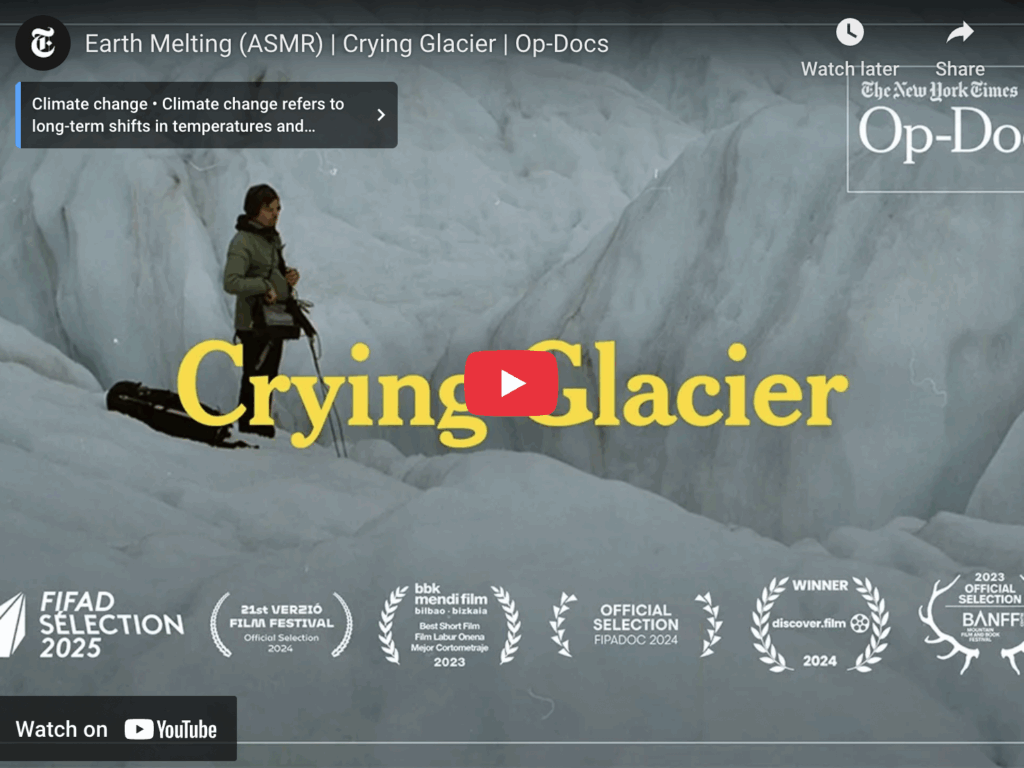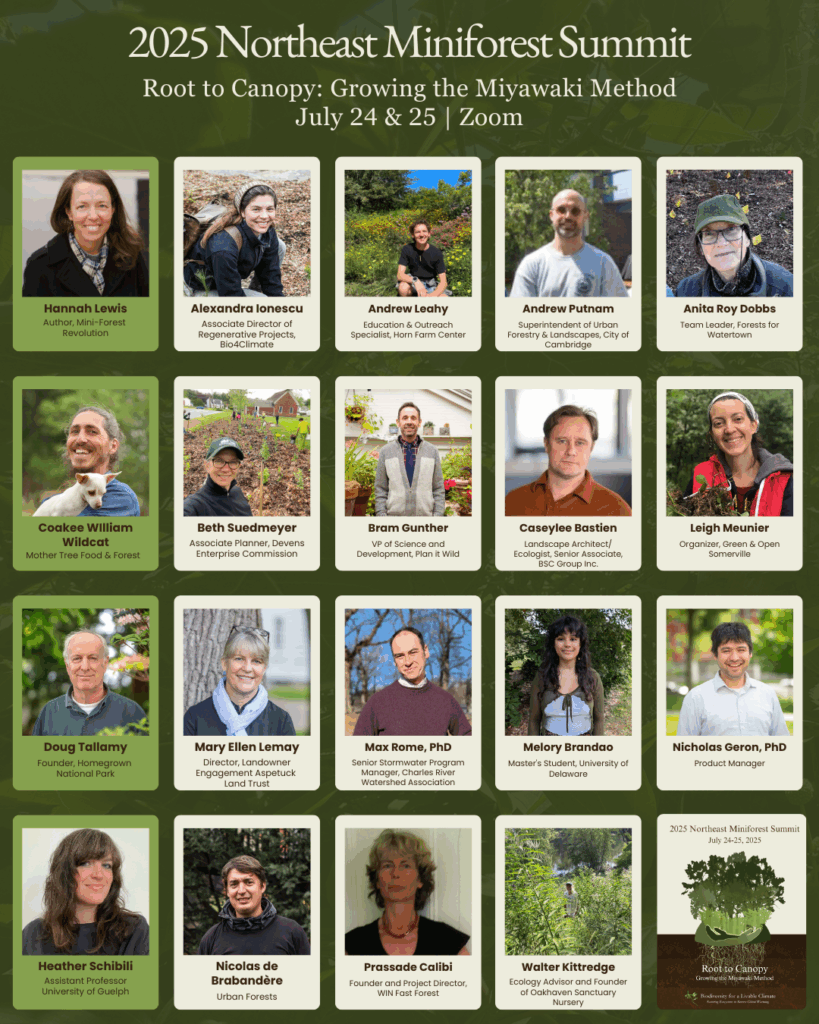What species sang part of a Mozart concerto and got its own musical tribute in return?
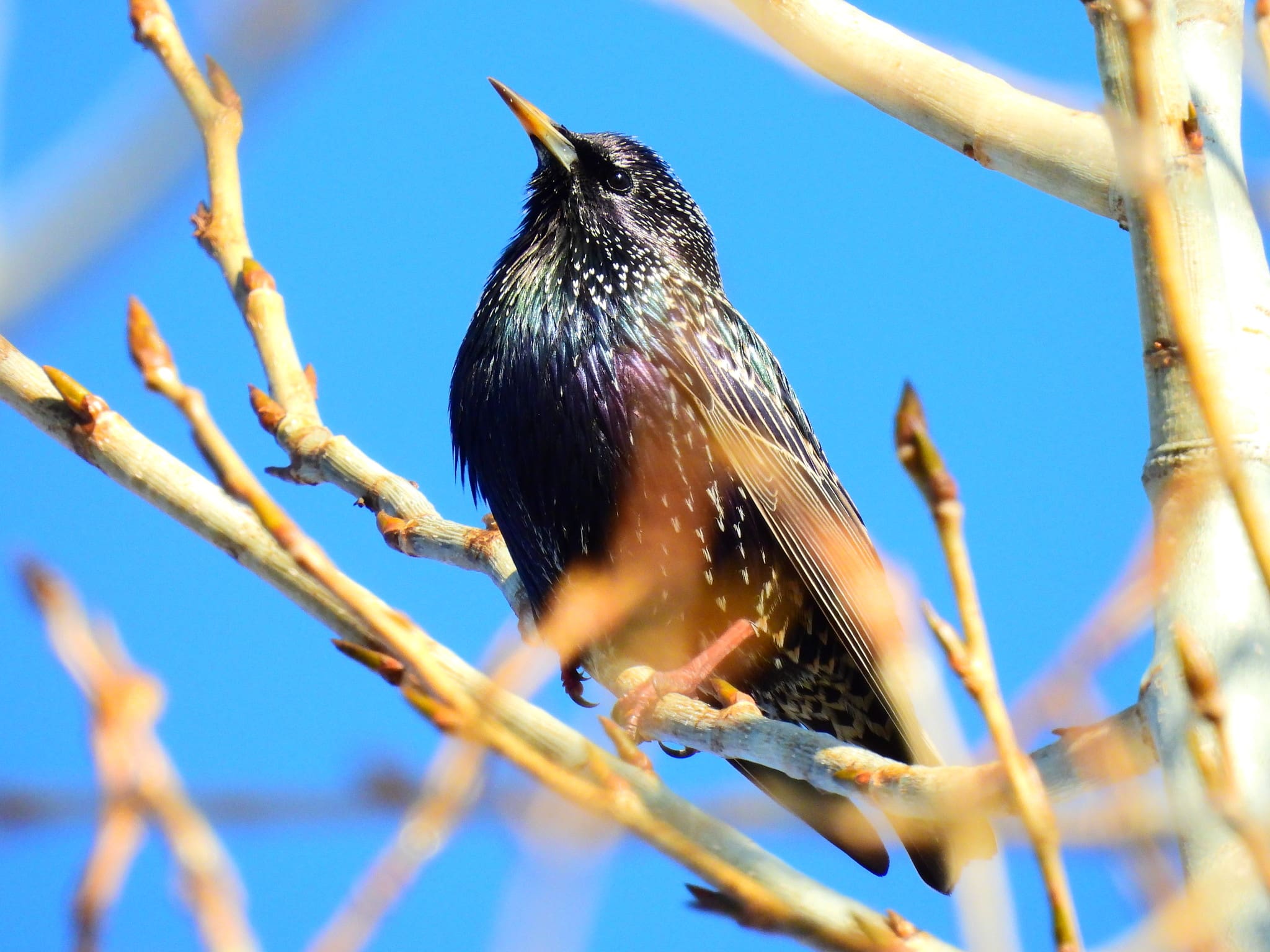
During my studies in urban governance, we took a course on complex systems thinking. I’ll spare you the technical details, but we learned that starling bird flocks were commonly used in the discipline to illustrate how complex systems work and emerge. The core idea was that complex systems are made up of many interacting components that, together, give rise to large-scale, coordinated behavior.
Years later, after I’d moved to the southern end of Rotterdam, I was hanging out in my living room, looked out the window, and there it was: a gigantic flock of starlings swirling through the sky. It was one of the most breathtaking natural events I’ve ever had the privilege of witnessing. And honestly, in a city like this, it might be one of the only natural events you can witness from the comfort of your living room or backyard.
Since then, I’ve spent countless hours watching these flocks from my rooftop during the months when they migrate through the city. As mesmerizing as it is to see them dancing in the sky, it’s even more incredible to watch them land. Just behind my house is a community garden with a few tall trees. The starlings will form a massive swarm around a tree, circling it with this eerie coordination. Then, seemingly out of nowhere, one bird dives into the branches — and within seconds, hundreds follow. The sound that follows is something else entirely: the collective chirping of all those birds packed into one tree fills the whole neighborhood. It’s chaotic, but in the most beautiful way.
More Than a Blur in the Sky: A Closer Look at the Starling
I was often confused about what exactly a starling bird was. Their song was always striking to me, but I noticed something odd: two very different-looking birds seemed to be making the same kind of sounds. At first, I assumed it might be a gender difference. But after doing a little research, I learned something fascinating: starlings change their appearance with the seasons, adopting a specialized breeding plumage during the mating season.
In the fall and winter, starlings appear dark with cream-colored speckles scattered across their bodies. But in spring and summer, when males enter breeding season, they undergo a striking transformation. Their feathers turn glossy and iridescent, shimmering with greens and purples, especially along their nape, breast, back, and wings.
Many birds change their plumage to attract a mate. Ducks are a classic example you might already be familiar with. But what makes starlings unique is how they transition. Unlike most birds, which molt (shed and replace their feathers) before breeding season, starlings don’t actually molt at all.
Instead, they lose their spots through abrasion. The speckles we see in winter are just the cream-colored tips of their feathers. As the season progresses, these tips gradually wear off from contact and movement, revealing darker, melanin-rich parts of the feathers underneath. Melanin makes those parts more resistant to wear, so while the pale tips disappear, richer tones remain, just in time for mating season.
Interestingly, adult females don’t become as glossy or glittering as their male counterparts. They tend to retain more of their pale speckles, giving them a lighter, spottier appearance that makes them relatively easy to distinguish.


Image Credit: cccrll via iNaturalist
Nesting: Homes, Herbs, and the Hunt for a Male
With breeding plumage in place, unpaired males seek out suitable nesting sites and begin building nests to attract females. To impress, they decorate their bachelor pads with flowers, greenery, and even herbs. It’s theorized that the quantity and quality of these ornaments play a role in courtship, helping males stand out in a competitive mating environment. Interestingly, once a female chooses a mate, she typically disassembles the decorations he so carefully arranged.
Turns out, birds might also be into a bit of aromatherapy — when they add herbs to their nests, they seem to chill out and parent better. The cozy, scented setup is linked to more positive vibes during egg-sitting duty.
Another curious aspect of their nesting behavior is how females lay their eggs. A typical clutch consists of 4 to 6 eggs per year, but if the first egg is removed — by a predator, researcher, or accident — the female will sometimes continue laying more eggs in an effort to compensate and make the clutch “whole” again.
If the home decor isn’t enough to impress a mate, ambitious bachelors have another trick up their wings: their song. These birds are among nature’s finest impressionists.
Song: The Starling Bird’s Signature
European starlings have a rich and varied vocal repertoire — clicks, whistles, rattles, snarls — and an extraordinary talent for mimicry. They can imitate other birds, animals, and even human-made sounds like car alarms.
This video highlights the incredible variety of sounds starlings are capable of producing.
This song plays a key role in courtship. Males sing to mark territory, attract mates, and signal their fitness. Often, these songs are performed near a decorated nest, combining sound, sight, and scent into a single courtship display. Research suggests females may prefer males with larger song repertoires, which could indicate intelligence, health, or age.
This vocal ability has long captivated humans. Mozart famously owned a pet starling that could sing part of one of his piano concertos. Urban legend holds that his piece A Musical Joke was inspired by the bird’s playful, unpredictable style, a feathered composer in his own right.Here’s a link to A Musical Joke if you’re curious, you decide!
Black Suns and Bird Ballets: The Science Behind Starling Flocks
As captivating as a single starling may be — with its shimmering feathers and complex song — their true magic emerges in numbers. When thousands gather, they move with a grace and synchronicity that seems almost unreal.
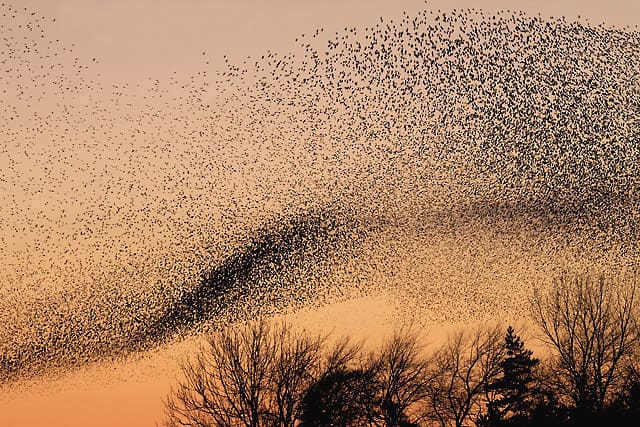
Starling flocks, called murmurations, are most often seen in winter when the birds gather to roost in huge numbers. Just after sunset, they form breathtaking patterns in the sky before settling for the night.
These movements are often likened to a kind of dance or aerial ballet. When the flocks grow large enough, they can even appear to obliterate the setting sun, a phenomenon so striking it inspired the Danish term “sort sol,” or “black sun.”
These spectacular displays aren’t just for show — these murmurations help protect against predators by confusing and overwhelming their vision, making it difficult to single out any specific target. They also aid in communication and guide birds to communal roosts, especially during colder months
But how do these birds move with such perfect synchronicity? It almost looks choreographed, but it’s not like the birds wake up early and go to synchronized flight practice to drill until everyone hits their marks. What’s actually happening is that starling flocks are showing off a rare and fascinating phenomenon called scale-free correlation. Sounds complicated, sure, but it’s actually pretty simple.
It means that the birds’ movements are coordinated no matter where you look in the flock — whether you’re watching birds that are right next to each other or birds that are far apart. The changes ripple through the entire group almost instantly.
What’s even more amazing is that there’s no leader. Unlike geese, which follow a clear leader in formation, starling flocks are totally decentralized. Each bird watches and responds to just its 7 closest neighbors — that’s it. But because every bird is doing this at the same time, the entire flock ends up moving as one super-organism.
It’s like a message passing through the flock: when one bird moves, its neighbors adjust, and their neighbors adjust, and so on. This chain reaction spreads through the whole group — and that’s what we mean by scale-free correlation: coordination that works across any size or distance, without a central controller.
See the coordinated movement of thousands of starlings in this short video of a murmuration in action:
Watching them gather in those immense, swirling formations from my rooftop — the very phenomenon that first sparked my interest years earlier — brought everything full circle. What once was an abstract example in a systems theory class had become a living, breathing presence in my everyday life.
And what’s perhaps most astonishing of all is that this beauty isn’t just instinct — it’s adaptation in action.
Global Spread and Genetic Genius
Few avian species have been as globally successful as the European Starling (Sturnus vulgaris). Today, starlings can be found thriving on every continent except Antarctica — a remarkable feat for a bird species that, in many places, didn’t even exist 150 years ago.
North America’s starlings trace back to a strange little story: in the 1890s, a group of Shakespeare fans released about 100 birds in Central Park, hoping to populate the continent with every bird mentioned in his plays. Most of their efforts fizzled — but the starlings didn’t. They took off, quite literally, and today their descendants are spread far and wide across the U.S., Canada, and even into the Caribbean and Central America.
Elsewhere, starlings were introduced intentionally for pest control, such as in Australia, South Africa, and New Zealand, where they were thought to help manage insect populations in agricultural settings.
But what is it about this species that has allowed it to become so incredibly widespread?
Part of what makes starlings so successful is how adaptive they are. They’re just as comfortable in cities as they are in farmland, nesting in everything from building vents to backyard trees. As long as there’s something to eat, bugs, grains, scraps, they’ll make it work.
They’re also smart; starlings have big brains for their size and it shows. They can solve problems, learn from each other, and figure out new ways to find food when times get tough. And they’re almost never alone. Whether foraging, roosting, or migrating, they move as a group, watching, listening, adapting together. It’s part of what makes them so good at surviving in unfamiliar places.
Starlings also exhibit what’s known as environmental niche flexibility, meaning they can adjust their physical or behavioral traits in response to a wide range of environmental conditions. It enables them to inhabit ecosystems ranging from humid woodlands to dry grasslands with relative ease.
What’s more, they’re not just surviving across these ecosystems, they’re evolving. In just over the course of a century, starlings in North America have started adapting to their new homes. Arizona birds are showing signs of handling heat and dryness, while their cousins up in the Pacific Northwest are built for cool and damp. It’s a rare, real-time glimpse of evolution in motion.
But this incredible adaptability also brings starlings into conflict with human systems, particularly in agricultural landscapes, where their success reveals deeper tensions between wildlife and the ways we use the land.
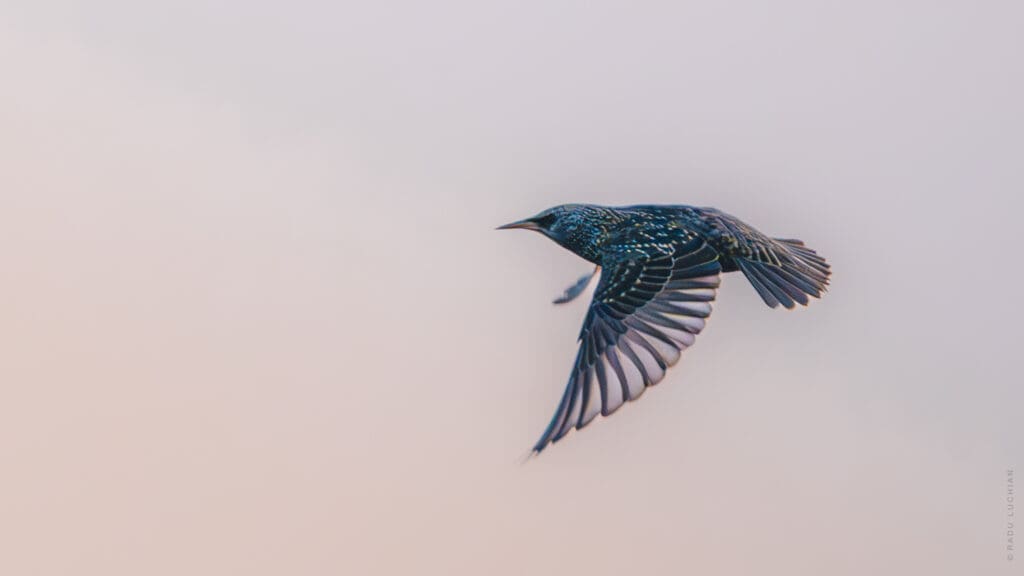
Fields of Conflict: Starlings and Agriculture
The more I learned about starlings, the more I realized their story is tangled up in ours, especially in how we farm. These birds didn’t set out to invade feedlots and barns. They ended up there because the open meadows they once thrived in are disappearing.
Starlings evolved to forage in grasslands, digging through the soil for grubs and larvae. But as fields are replaced by monocultures filled with pesticides, they’ve had to adapt — and fast. Livestock farms offered what the land no longer did: bugs in the soil, water to drink, and plenty of places to nest. It’s not that they prefer our barns. It’s just that there’s nowhere else to go.
The irony is that what farmers often see as nuisance behavior is really just resilience in action, starlings making do in a landscape that’s no longer built for them.
For these farmers, starlings can be a real headache. They sneak into barns, eat livestock feed, and leave behind messes that can damage equipment and pose health risks. And they’re clever, most scare tactics only work for a little while before the birds figure them out. Remember those big brains? So while their presence speaks to larger ecological loss, the day-to-day impact is very real for people trying to make a living off the land.
Despite their reputation as a nuisance in agriculture, starlings are actually experiencing serious population declines — not only in their native range but also in parts of their introduced range, including the UK and North America.
This is often overlooked in public discourse. In the UK, for instance, starlings are now a protected species, due to sharp population drops attributed largely to the loss of high-quality foraging habitats and changes in land use.
Interestingly, their decline has not led to a rebound in the native species they’re often accused of displacing — suggesting that habitat loss, not species competition, may be the deeper issue.
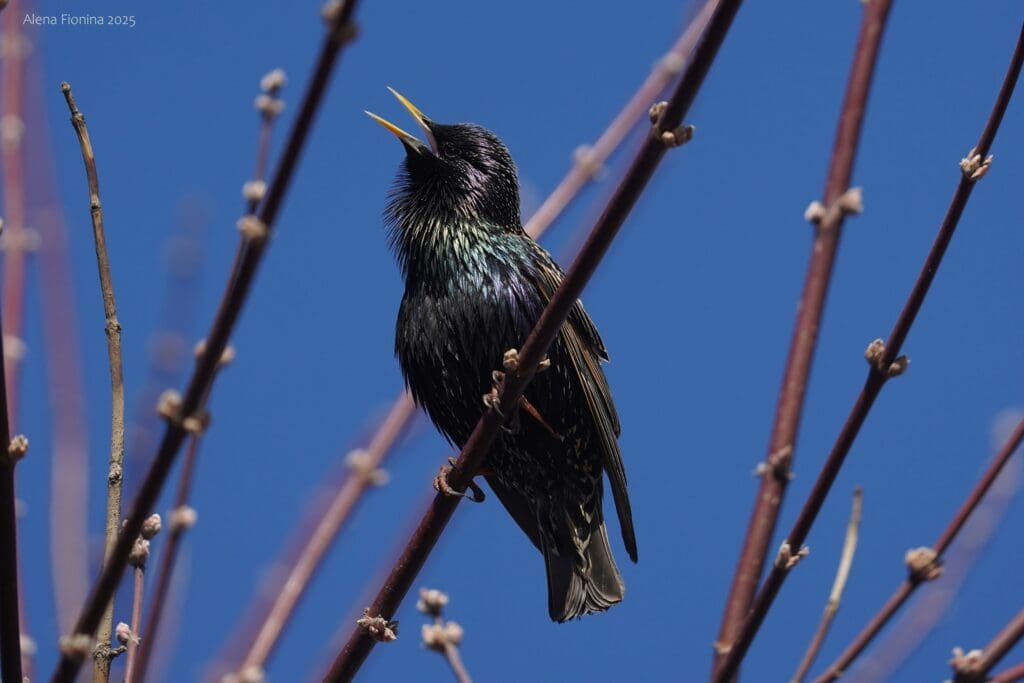
Rethinking Narratives
It’s easy to label starlings as pests — especially in an industrial system where every loss counts. But that framing often misses the bigger picture. Their presence on farms isn’t just about opportunism; it’s about what’s missing from the land. If pastures were healthier and ecosystems more intact, maybe starlings wouldn’t need to forage in feed troughs or nest in sheds.
If agriculture were managed more sustainably, with more permanent pasture and diversified cropping systems, it’s likely that starlings would rely less on feed troughs and barns. In this light, controlling starling populations without addressing the root causes of their shifting behavior may be shortsighted.
Conservation in their native range should focus on restoring pasture ecosystems and rebuilding invertebrate populations. In their invasive range, managing their numbers in sensitive areas is important — but must go hand-in-hand with reconsidering how intensive farming practices shape the ecological playing field.
Each season, I look up from the same rooftop, and the starlings are there — not thriving, not vanishing, just enduring in the spaces we’ve left behind. Their presence doesn’t signal ecological balance, nor does it mark collapse. Instead, it speaks to something quieter: the capacity of life to persist in the margins, to find rhythm in disruption, and to adapt — however imperfectly — to a world in flux. In them, I see the echoes of our choices and the quiet, complicated resilience of the wild.

Lakhena Park holds degrees in Public Policy and Human Rights Law but has recently shifted her focus toward sustainability, ecosystem restoration, and regenerative agriculture. Passionate about reshaping food systems, she explores how agroecology and land management practices can restore biodiversity, improve soil health, and build resilient communities. She is currently preparing to pursue a Permaculture Design Certificate (PDC) to deepen her understanding of regenerative practices. Fun fact: Pigs are her favorite farm animal—smart, playful, and excellent at turning soil, they embody everything she loves about regenerative farming.
Dive Deeper
- “All About Birds: European Starling Overview.” Cornell Lab of Ornithology,.
- “Digital Commons: European Starlings.” University of Nebraska – Lincoln,.
- Gwinner, H., Oltrogge, M., Trost, L., & Nienaber, U. “Green Nesting Material Has a Function in Mate Attraction in the European Starling.” Animal Behaviour, vol. 68, no. 5, 2004, pp. 935–943. ScienceDirect,.
- “How Do Starling Flocks Create Those Mesmerizing Murmurations?” All About Birds, Cornell Lab of Ornithology, .
- Hofmeister, Natalie, et al. “Genomic Signals of Selection in a Recent Invasion.” Biological Invasions, vol. 25, no. 2, 2023,.
- “Mountjoy, James. ‘Female Choice for Complex Song in the European Starling: A Field Experiment.’” ResearchGate,.
- “Report: The Ecology and Conservation of Starlings.” British Trust for Ornithology,
- Shipman, Matt. “Study Finds Aromatic Herbs Lead to Better Parenting in Starlings.” NC State News, 5 June 2018, .
- “Starling Habitat Use in Dairy and Mixed Pasture Systems.” Radboud Repository,.
- “Starling Murmuration Study.” Lund University,.“Starlings on Farm: Strategies to Protect and Control.” Farming Connect, Welsh Government,.

